SUMMARY
This is AI generated summarization, which may have errors. For context, always refer to the full article.
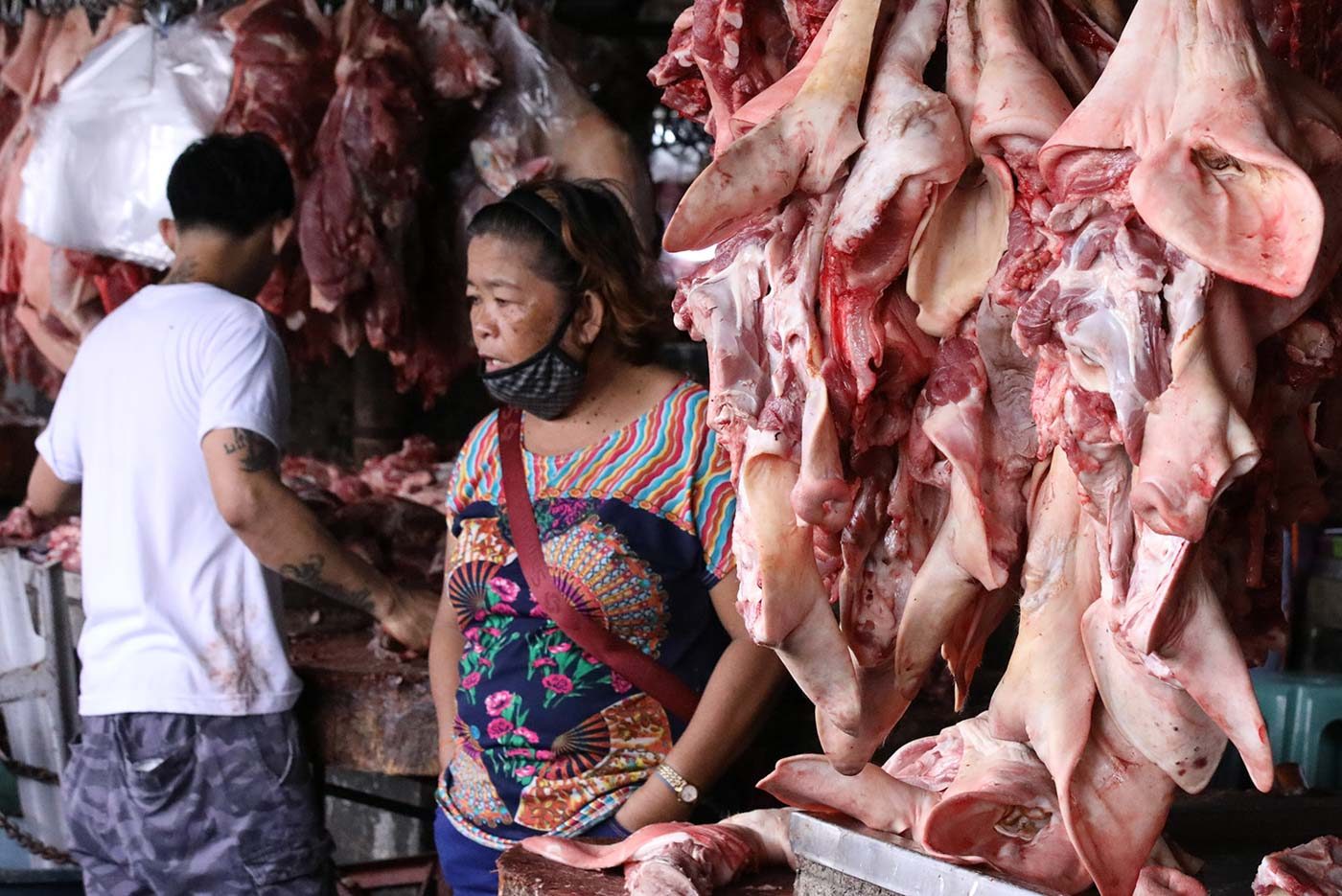
The Department of Agriculture (DA) on Monday, January 25, proposed a price freeze on pork and chicken through an executive order (EO), as well as the entry of more pork imports.
This comes as costs soar allegedly due to market manipulation amid the coronavirus crisis.
Agriculture Secretary William Dar said their proposal to impose a price ceiling on pork at P270 per kilo for kasim/pigue (ham), P330 per kilo for liempo (pork belly), and P160 per kilo for dressed chicken is already with the Office of the Executive Secretary for review.
Dar hopes to have the EO signed by President Rodrigo Duterte within the week.
The agriculture chief said the measure would “prevent opportunistic businesses from illegally manipulating the prices of basic necessities and prime commodities.”
Based on latest data, ham costs as high as P400 per kilo, while pork belly prices have soared to P450 per kilo.
Pork is already around the same price as premium lean beef.
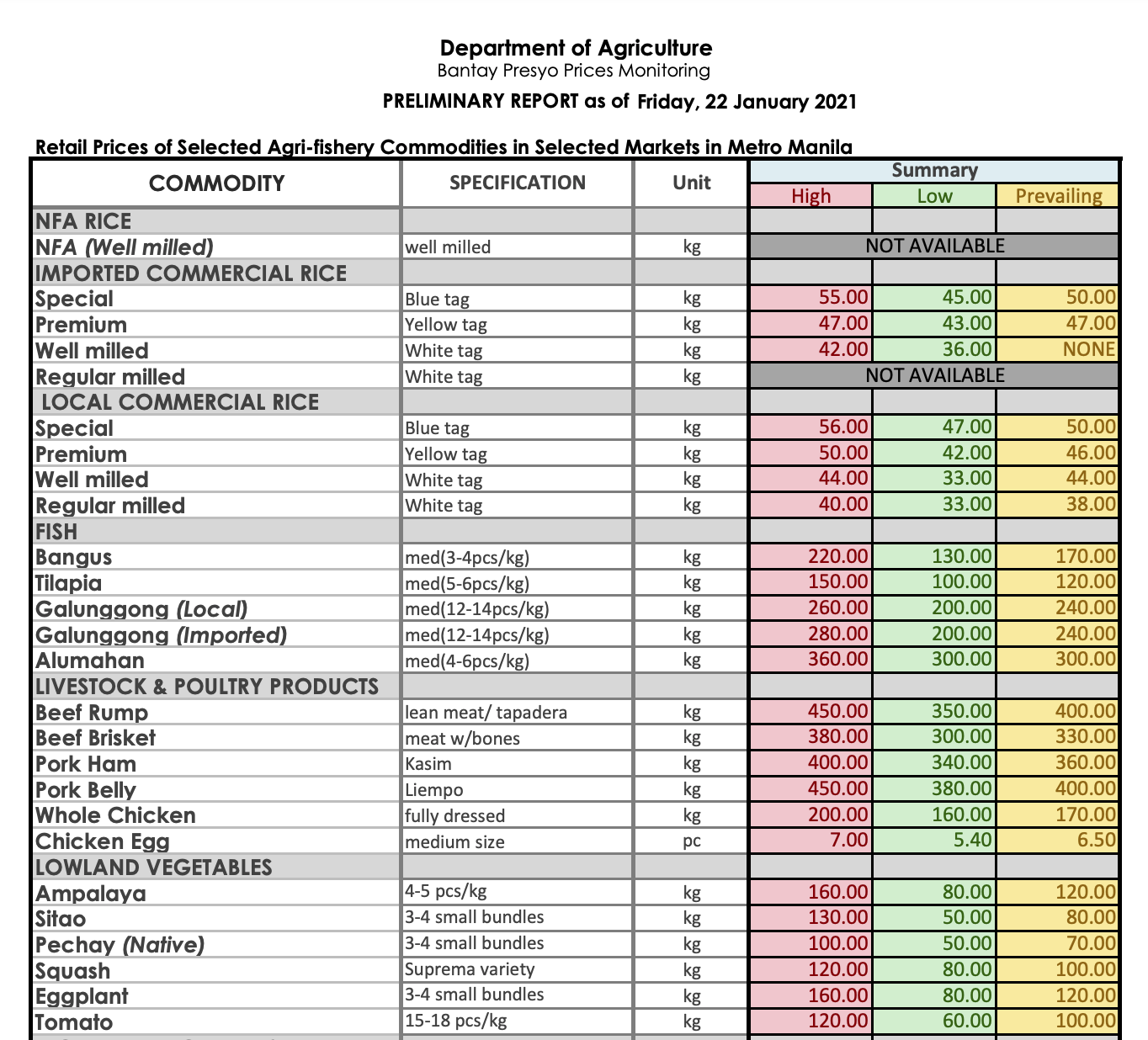
The hog industry has struggled due to the African swine fever (ASF) outbreak killing thousands of pigs, as well as the lockdowns amid the coronavirus pandemic.
Chicken prices have also inched up, ranging from P160 to P200 per kilo.
Last October, the DA attempted to impose a suggested retail price on pork through an administrative order, but prices continued to go up.
Dar noted that traders are the ones manipulating prices, since the break-even point for selling pork is only around P105 per kilo.
The DA is also planning to triple the minimum access volume (MAV) or the allowable number of pork imports with lower tariffs from 54,000 metric tons to 162,000 metric tons.
Dar admitted that pork supply is tight, but at the same time assured Filipinos that there is enough meat in the country.
Not convinced
Samahang Industriya ng Agrikultura (SINAG) questioned the proposals of the DA, adding that these would burden the hog industry.
“Hindi na nga natulungan ang industriya sa gitna ng pananalanta ng African swine fever, pahihirapan pa kami ngayon at ang mga pork importers pa ang gustong isa-subsidize,” SINAG president Rosendo So said.
(The government failed to help the local industry with African swine fever, and now they will burden us further and want to subsidize importers.)
So said prices are high in Metro Manila because pork is being sourced from as far as the Ilocos and Bicol regions. The cost of feeds also increased.
“Baka wala nang dumating na baboy at manok sa Metro Manila. O baka gusto nila puro import na lang talaga, given the proposal to triple the MAV allocation? Bakit ang laging unang tinutulungan ay importers sa pagbaba ng taripa?” he said.
(There might be a day that there won’t be any pork or chicken in Metro Manila. Or do they want all meat to be imported, given the proposal to triple the MAV allocation? Why are importers always getting the perks of lower tariffs?)
SINAG estimated that some P134 billion has been lost in the hog industry as it struggles with ASF. – Rappler.com
Add a comment
How does this make you feel?
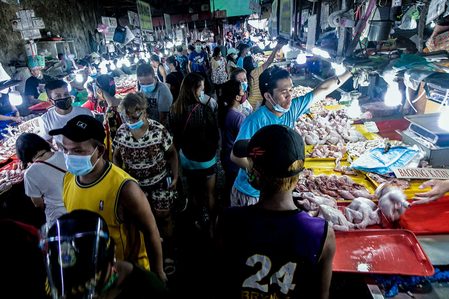
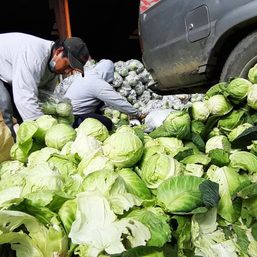
![[ANALYSIS] Investigating government’s engagement with the private sector in infrastructure](https://www.rappler.com/tachyon/2024/04/tl-gov-private-sectors-infra-04112024-1.jpg?resize=257%2C257&crop=435px%2C0px%2C1080px%2C1080px)
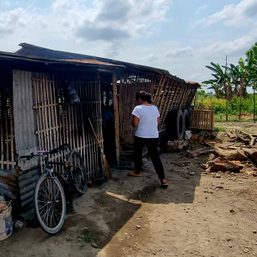
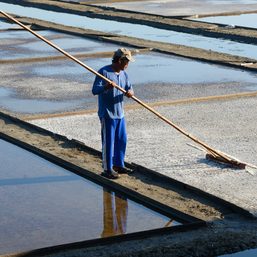
![[Rappler’s Best] The elusive big fish – and big fishers](https://www.rappler.com/tachyon/2024/04/The-elusive-big-fish-%E2%80%93-and-big-fishers.jpg?resize=257%2C257&crop=220px%2C0px%2C720px%2C720px)
There are no comments yet. Add your comment to start the conversation.